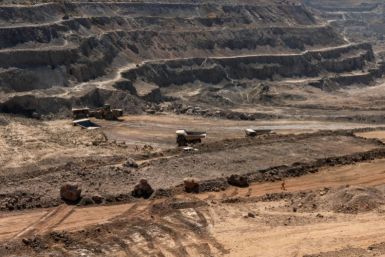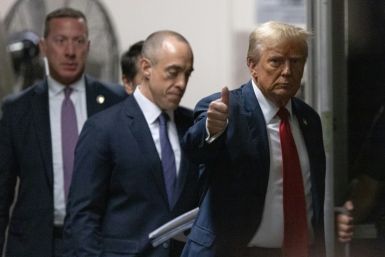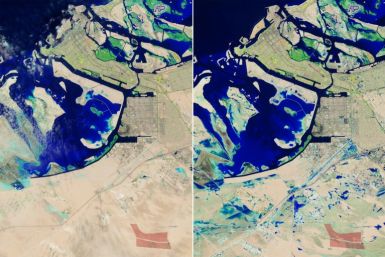Iron ore changes gears following gains in previous two sessions

Iron ore spot markets witnessed a decline on Thursday, a setback that follows the gains of the last few days. This comes after Chinese futures experienced a reversal earlier in the session.
As noted by Metal Bulletin, the spot price for benchmark 62 percent fines went down by 0.57 percent to reach US$81.78 (AU$106.97) a dry tonne. The recent decline offset a large percentage of the gains they had experienced in the previous two sessions. “The iron ore market shifted downwards today as differing grade boundaries continue to re-align themselves to more viable levels,” the group said.
Demand of steel in China is forecast to drop 1.9 percent in 2017. According to Li Xinchuang, president of the China Metallurgical Industry Planning and Research Institute, this is expected to affect iron ore prices as an increase in production of the mineral will be seen. The steel demand in the world’s largest consumer and producer has lowered to 660 million tonnes, Li added.
The most recent decline in iron ore prices could have come about as a result of China Iron and Steel Association’s claim that prices would be impacted as steel demand grows lower in China. “We think China’s steel consumption will decrease step by step by step — maybe increase some years, like last year. That’s our situation,” Li said, speaking with Reuters.
The iron ore import demand in the country nudged ahead 0.7 percent to reach 1.1 billion tonnes last year. At the same time, China’s reliance on imports stands at 87 percent of the overall demand.
The fall comes on the heels of an announcement that home buyers in several Chinese cities will face additional lending restrictions. “In China, another round of restrictions has hit the booming housing sector,” economists at ANZ said. “More than 20 cities have announced specific cooling measures aimed at curbing demand.” One of the principal sources of demand for iron ore in China is residential construction.
According to the institute, supply for iron ore will escalate by as much as 50 million tonnes this year – around 10 million tonnes more than what mining giant Rio Tinto estimates. Iron ore prices are expected to be in the bracket of US$55 (AU$71.94) a tonne and US$90 (AU$117.72) a tonne in 2017.
The average price will be around US$65 (AU$85.02) a tonne. “Unfortunately, with the fast increase of iron ore prices, China iron ore production increased 15 percent in the first two months,” Li said.






